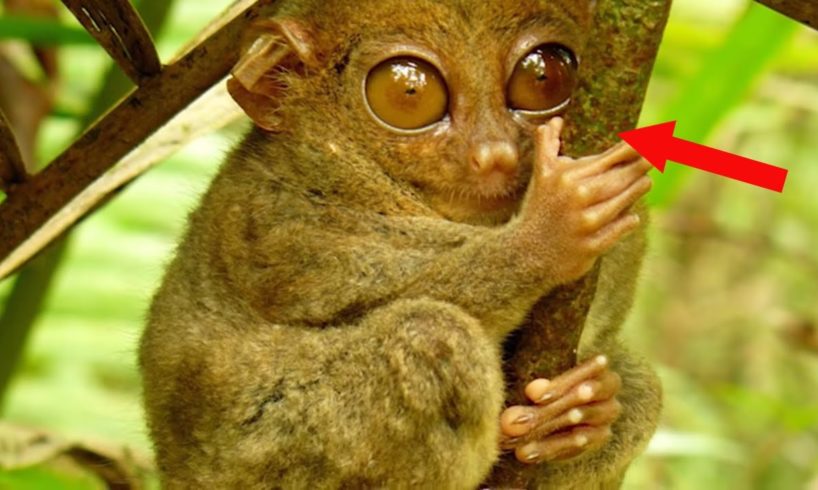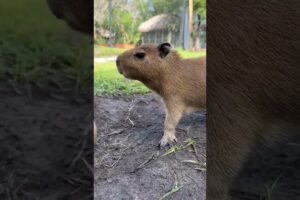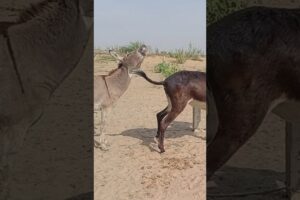
Subscribe to Epic Wildlife http://goo.gl/6rzs5u
Let’s Connect
— http://www.epicadamwildlife.com/
— http://www.facebook.com/epicadamwildlife
— http://www.twitter.com/epicwildlife
— http://gplus.to/epicwildlife
Weirdest Animals Ever Discovered
From vampire deer and alien bugs … to a mysterious creature that doesn’t breathe … Here are 20 of the weirdest animals ever discovered
#20 Moon Jellyfish
The translucent creatures are easily identified by the four reproductive glands that have a horseshoe shape and can be seen through the top of its bell. They typically drift along with the current throughout the world’s oceans feeding on plankton. The label ‘Moon Jellyfish’ is actually a catch-all term for several species of this genus. There’s one species of Moon Jelly that is known to age in reverse, growing younger over time instead of older. A lot of people call that one the “Benjamin Button Jellyfish”.
#19 Knobbed Hornbill
The Hornbill family of birds is characterized by long, downward curving beaks, which inspired their name. Depending on the species their beaks can be colorful and-or display a casque (kask). The Knobbed Hornbill checks all those boxes. Native to Indonesia, the males display a bright yellow beak with a red casque located atop it. They also have a dark blue throat, white tail feathers, and pale-blue skin around their reddish-orange eyes. Did you know this colorful critter is a national animal of South Sulawesi (soo-luh-way-see)?
#18 Red-Lipped Batfish
Unlike most fish, this animal native to the Galapagos Islands, actually prefers to walk along the seafloor. Maybe it’s to show off those distinctive red lips. They’re kind of reminiscent of those big red wax lips you see at Halloween. The purpose of those lips still isn’t clear but some researchers think it may have to do with males showing off for females during mating season.
#17 Legless Lizards
They can easily be mistaken for snakes. But these are lizards that have either lost their limbs through evolution, or have had them reduced to such a degree that they’re rendered useless for locomotive purposes. Their differences from snakes include the lack of broad scales on the belly, external ear openings, the possession of eyelids, and tongues that are notched rather than forked. Certain species are known to have a powerful bite and can hunt down a variety of prey.
#16 Tufted Deer
Pictures of these animals were sometimes thought to be Photoshopped. While they’re known as Tufted Deer due to their tuft of black hair, they’re also nicknamed ‘vampire deer’ due to those big, fang-like canines. Those scary-looking choppers are only carried by the male deer, but they’re not used for drinking blood. The animals use them mostly for mating season challenges, and for resolving territorial disputes.
#15 Vampire Rats
If the idea of Vampire Deer seems unlikely, how about these rodents? They were discovered in Indonesia in 2015. And thanks to their hoglike nose, researchers wanted to nickname them “Sulawesi Snouters”. But they have another attribute that’s equally unexpected. The elusive rats have large, upturned teeth. It’s thought they evolved this way because their diet of earthworms and insect larvae doesn’t require strong chewing.
#14 Fin Heads
Cirrate octopuses are identified by two fins on their heads, and possess a small internal shell. This animal is among the largest of this suborder, growing to a length of nearly 5 feet. While their gelatinous bodies appear fragile, these animals dwell in the cold waters of the boreal Arctic, and the North Atlantic and Pacific Oceans. Because they dwell so deep in those frigid waters, not much is known about them. Did you know that specimens of this octopus have been collected in the Arctic at a depth of nearly 11,000 feet?
#13 Tarsier (tahr-see-er)
About the size of a squirrel, this nocturnal primate inhabits the rainforests of Southeast Asia. Of course, those enormous eyes are the animal’s distinguishing feature. Relative to its body size the Tarsier has the largest eyes of any mammal. If your peepers were proportionately as large as this critter’s, your eyes would be the size of grapefruits! As you might guess, this animal has excellent night vision. Since they can rotate their heads 180-degrees in either direction, they also have a 360-degree field of vision!
source







Evolution is BS they are snakes
Keep it up man good videos
I'm just simple. I see tarsiers, I click
the missing link trump
Smiling squid and not a single pic of it's smile. Also a cuttlefish is not a smiling squid…
Axolotls are cute
8:20. They're cuttlefish not squid you uneducated tard.
8:26 is a cuttlefish
That was awesome! Keep up the great work!
Cool
I won't be able to make the premier but definitely when I get home.
I wonder if my down syndrome squirrel will be featured in this video. It's the one in my profile pic. I also made a documentary.
Me,I am the weirdest animal ever